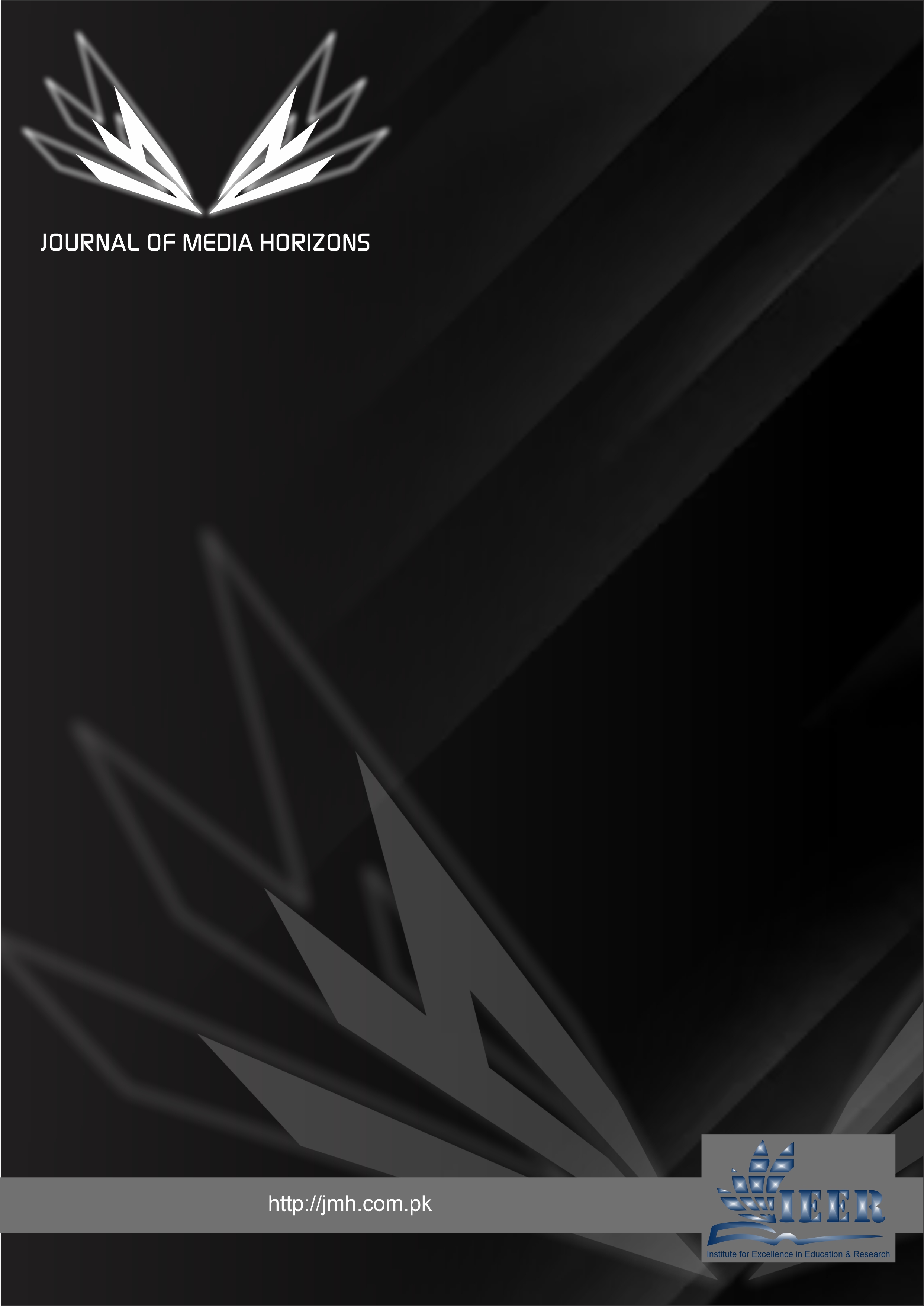Adaptive Communication in Pakistan: The Role of Interactive Multimodal TV Media and Clump Rule
Main Article Content
Abstract
This article explores the concept of adaptive communication through interactive multimodal TV media in the context of Pakistan, focusing on the application of the clump rule in media consumption and audience engagement. It examines how interactive TV platforms facilitate a multimodal approach that integrates various media forms—such as text, audio, video, and graphics—to enhance viewer experience and foster meaningful interactions. The study highlights the significance of the clump rule, which encourages the grouping of related content to improve understanding and retention among diverse audiences. Through case studies and audience feedback, the research assesses the effectiveness of these adaptive communication strategies in addressing cultural and linguistic diversity in Pakistan. The findings indicate that leveraging interactive multimodal media can enhance audience engagement, promote inclusive communication, and ultimately contribute to more effective information dissemination. The article calls for further exploration of these adaptive strategies in Pakistani media to support dynamic and responsive communication practices that cater to the needs of various demographic groups.
Article Details

This work is licensed under a Creative Commons Attribution-NonCommercial-NoDerivatives 4.0 International License.
